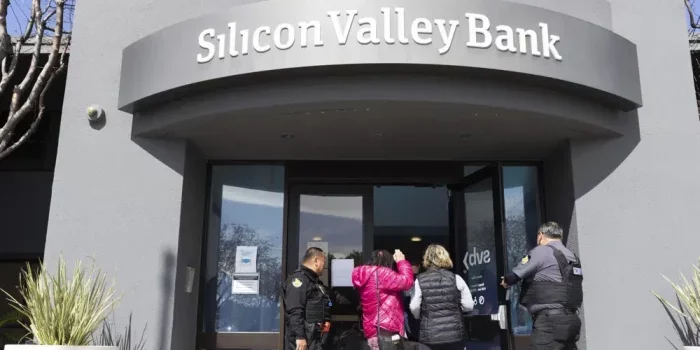(Casey Harper, The Center Square) President Joe Biden gave a speech Monday morning to address concerns about the banks, the economy and the federal government’s decision to take over and back up the bank, allowing depositors to retrieve their money, even if the bank doesn’t have it.
He stressed that taxpayers would not be paying to bail out these banks and their customers.
“No losses will be, and I want, this is an important point, no losses will be borne by the taxpayers,” Biden said. “Let me repeat that: No losses will be borne by the taxpayers. Instead, the money will come from the fees that banks pay into the Deposit Insurance Fund.”
Critics are raising serious doubts about the truthfulness of that claim.
“The deposit insurance fund doesn’t have anywhere near enough liquidity to cover depositors,” E.J. Antoni, an economic expert at the Heritage Foundation, told The Center Square. “If it did, the Federal Reserve would not have had to announce an emergency lending fund to meet the demand for liquidity.
“There is no way around the reality that taxpayers are on the hook here,” he added.
Silicon Valley Bank collapsed after capital issues and a bank run last week and was taken over by government regulators.
The banking issues quickly drew comparisons to the big bank bailouts of the 2008 financial crisis, where taxpayers shelled out hundreds of billions of dollars to bail out banks and stimulate the economy during the recession primarily caused by those banks.
SVB is the largest financial institution to collapse since that crisis, and the issue worsened when another bank, Signature Bank was also closed by regulators on Sunday.
Out of fear of economic fallout, The Federal Reserve Board of Governors has pledged to ensure SVB’s affected depositors have access to their money this week, despite the bank’s insolvency. The Board also promised no cost “will be borne by the taxpayer.”
Antoni pushed back on that claim.
“When the FDIC runs out of cash, it simply goes to the Treasury for more, as we saw in 2009. There’s three ways to pay for that,” Antoni said. “First, the FDIC can increase its insurance premiums charged to banks. But those fees that finance the FDIC are passed entirely on to customers. The second option is for the Treasury to just give the money to FDIC instead of loaning it, in which case the taxpayer is directly responsible for it. Lastly, the Fed can finance the expense by just printing the money, which causes inflation, which is a hidden tax.”

